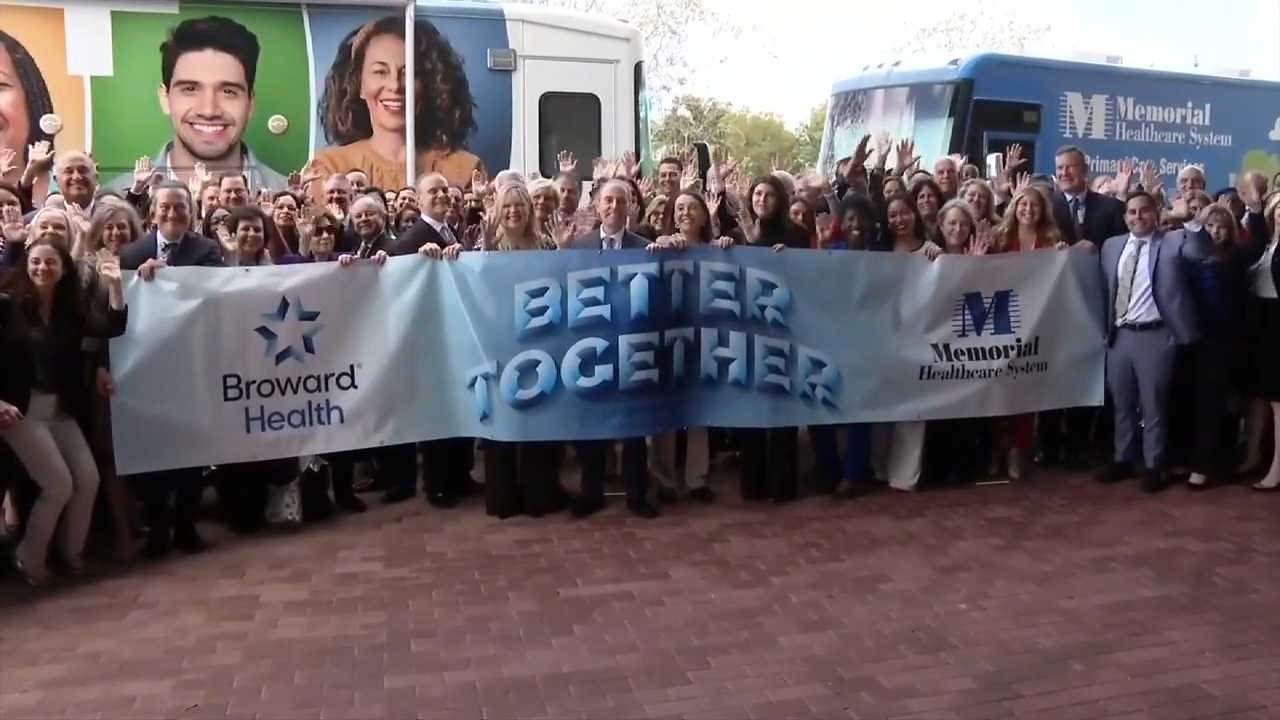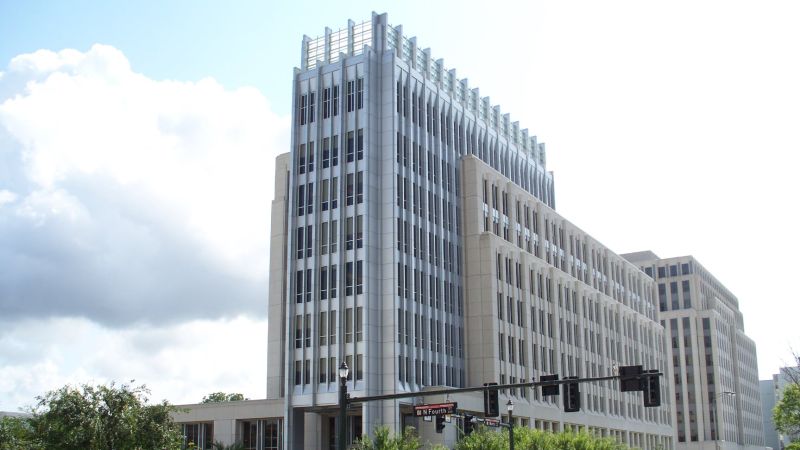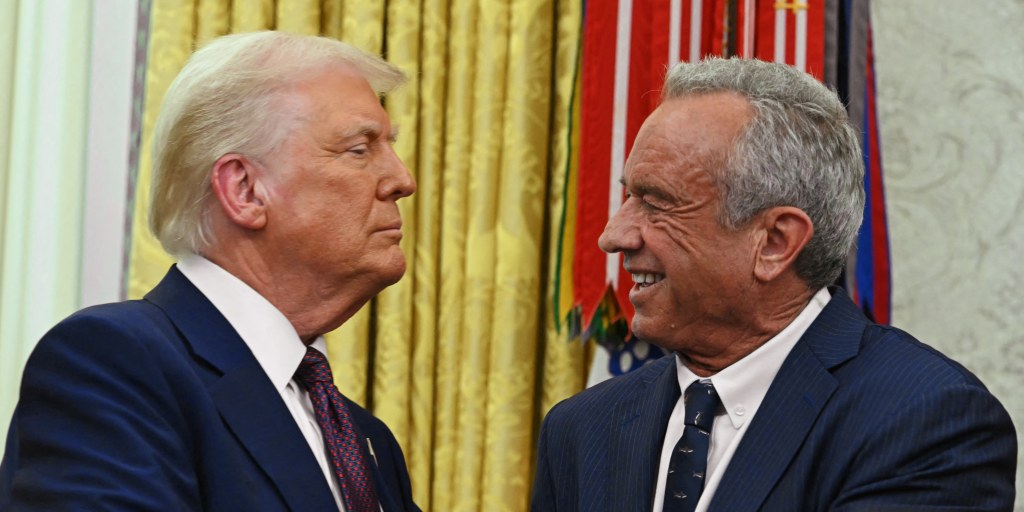
Health Insider: Expert Reveals Answers to Your Burning Medical Questions
In an informative and timely health segment, University Health's medical director Dr. Leo Lopez sat down with KSAT anchors Stephania Jimenez and Myra Arthur to provide expert insights and address viewers' most pressing health concerns. The live Q&A session offered a valuable opportunity for the community to gain direct medical advice from a trusted professional, helping viewers better understand critical health issues and potential medical questions.









